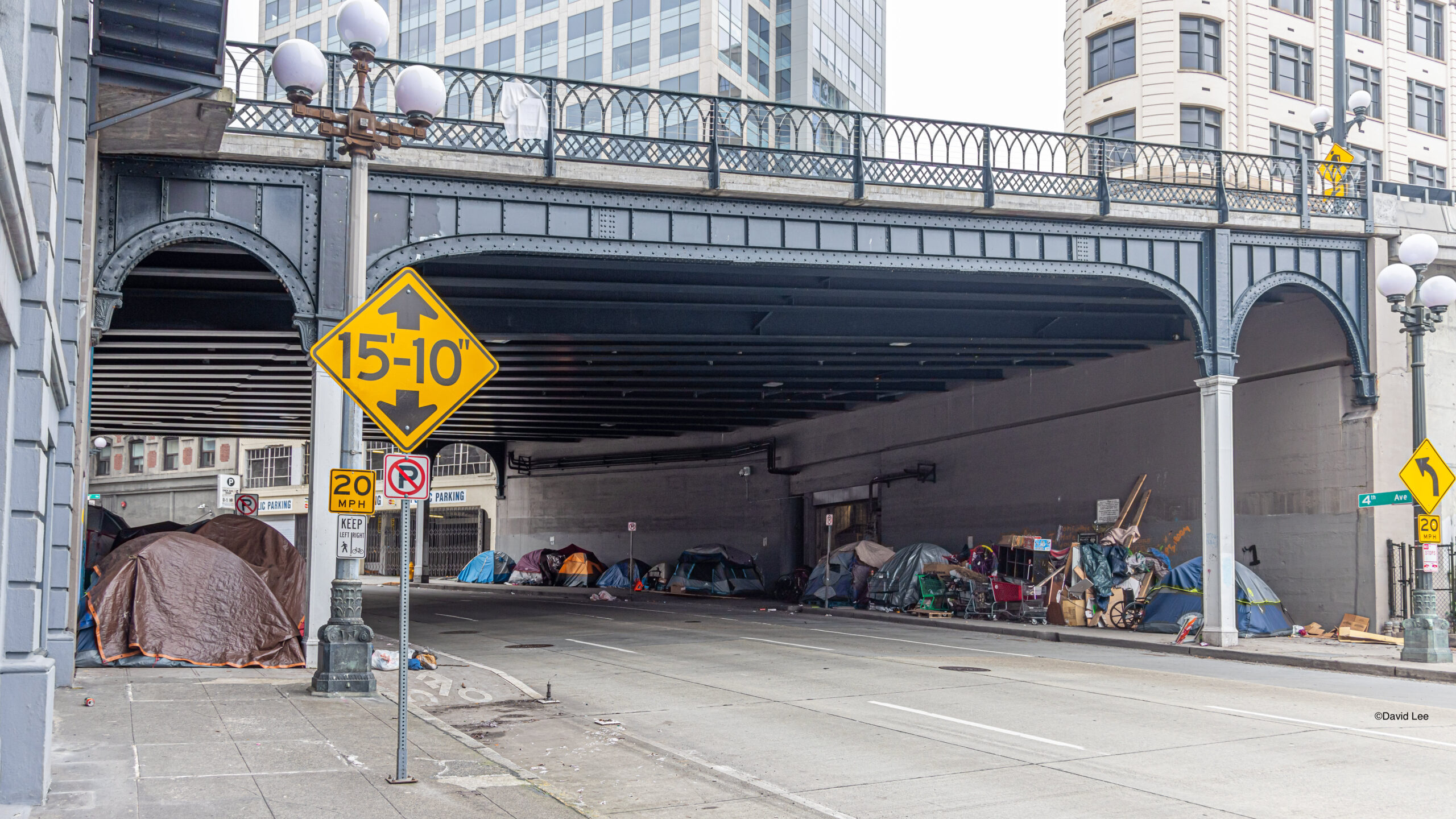It’s long been obvious that America’s history with government-run housing projects has been an unmitigated disaster. They were quite the rage when I grew up around Philadelphia in the 1960s and 1970s, but these public-housing projects always ended up as dangerous, poorly designed, soulless and racially segregated – places that we knew to avoid under any circumstance.
Yet despite their failures – and having virtually every one of them demolished in the succeeding decades certainly is one heck of a failure – a new generation of urban up-lifters sees public housing as a major solution to the current housing-affordability crisis. As time goes on, people forget valuable lessons. Seattle voters, for instance, approved (with 57% support) Measure No. 135 in November 2023 to revisit this sordid housing experiment.
Supporters call it something different now: “social housing.” That measure created “the ‘Seattle Social Housing Developer’ as a public development authority (PDA) to develop, own and maintain social housing in Seattle, with all the powers available to PDAs under local and state law. Social housing means publicly owned and financed mixed-income housing intended to be permanently affordable.” Call it what you please (it has a few differences from the old agencies in financing mechanisms), but it’s a return to a troubling era of government-run housing.
For starters, let’s delve into that era because it’s hard to believe the “this time we’ll do it differently” claims given how government always operates. I recently found a list of the “eight most dangerous” projects in my old hometown of Philly, including one project where some of the apartments collapsed. It was the site of the city’s largest mass shooting. The housing authority eventually – and mercifully – demolished the decrepit structures.
Another media list of the most “infamous” public-housing projects in America included one of the best-known ones, Cabrini Green in Chicago. Per NBC News, “The 70-acre development was initially hailed as a salvation for the city’s poor that was emulated nationwide, but it quickly decayed into a virtual war-zone.” So much for grandiose promises. Its final demolition in 2011 capped the end of an era that saw cities nationwide demolish these failed mostly high-rise projects.
For interesting insight into the public-housing debacle, I recommend reading Jane Jacobs’ seminal, “The Death and Life of Great American Cities.” She documents how these projects, despite often being designed by famous architects, neglected the needs and desires of the new residents in form and function. Others aptly explained how they also upended local communities and hastened an exodus from surrounding neighborhoods.
“Today, what seems harder to fathom than the erasure of entire high-rise neighborhoods is that they were ever erected in the first place,” Harper’s explained following the Cabrini Green demolition. “For years the projects had stood as monuments to a bygone effort to provide affordable housing for the poor and working-class, the reflection of a belief in a deeper social contract.”
Yet the last few words about believing in the “social contract” explain much about why this idea persists. I agree that our society must find ways to provide decent housing for all its residents, but good intentions can’t overcome the bureaucratic inefficiencies and poor incentives of government-managed properties. For more insight, one needn’t go back decades. Just look at, say, Los Angeles’ misbegotten spending of $1 billion on homeless apartments – or how a city-subsidized homeless hotel became a magnet for crime and vandalism.
In Seattle, supporters of the social-housing measure – paid for by a $50-million payroll tax – glossed over decades of public-housing nightmares. “Let’s choose to make housing a public good. Let’s choose to run it sustainability with union labor. Let’s think of the future, for once,” argued a 2023 editorial in a Seattle neighborhood publication.
Social housing’s supporters are right that Seattle has an affordability crisis, but beyond that it’s all about unrealistic dreams that conflict with real-world experience. (And, of course, mandating costly union labor only reduces the number of units the agency can build.) The solution, as we often note at the Free Cities Center, is to free up the market and allow developers to more easily build every type of housing. Note how dramatically rents have fallen in Austin, Texas, after the city incentivized apartment construction.
Well, Seattle Social Housing is now operating two years later and it’s already a mess. The Seattle Times isn’t exactly a right-wing publication, but its lead editorial on September 28 made the following observations:
Beset by entirely predictable internal struggles, the fledgling organization is investigating its newly-hired CEO to assess his competency and ‘allegations of anti-Black racism and demeaning board members …,’ according to board minutes. The social housing developer has a fancy PR firm to tout its accomplishments and did not adopt a strategic plan until May. It recently voted to increase the stipend paid to board members, the majority of which are appointed by the Seattle Renters’ Commission and have no development experience.
Here’s my favorite line: “Social housing sounds good. In reality, it’s like creating a big pile of progressive revenues and burning it.” I don’t even think it sounds good but I’m picking nits. As the editorial added, nonprofit housing developers in the city are facing financial problems “in part because strict tenant protection laws make it difficult to evict people who don’t pay their rent. In effect, future financial instability is written into the social housing developer’s DNA.”
This new disaster might not look exactly like the old disaster but disaster is indeed baked into its DNA. One must be delusional to believe the solution to the city’s housing crisis is to empower a government-run housing developer that can’t evict tenants, has access to a giant taxpayer slush fund, and is run by tenant activists who bicker about racism and don’t understand markets.
Steven Greenhut is director of the Pacific Research Institute’s Free Cities Center. Write to him at [email protected].

